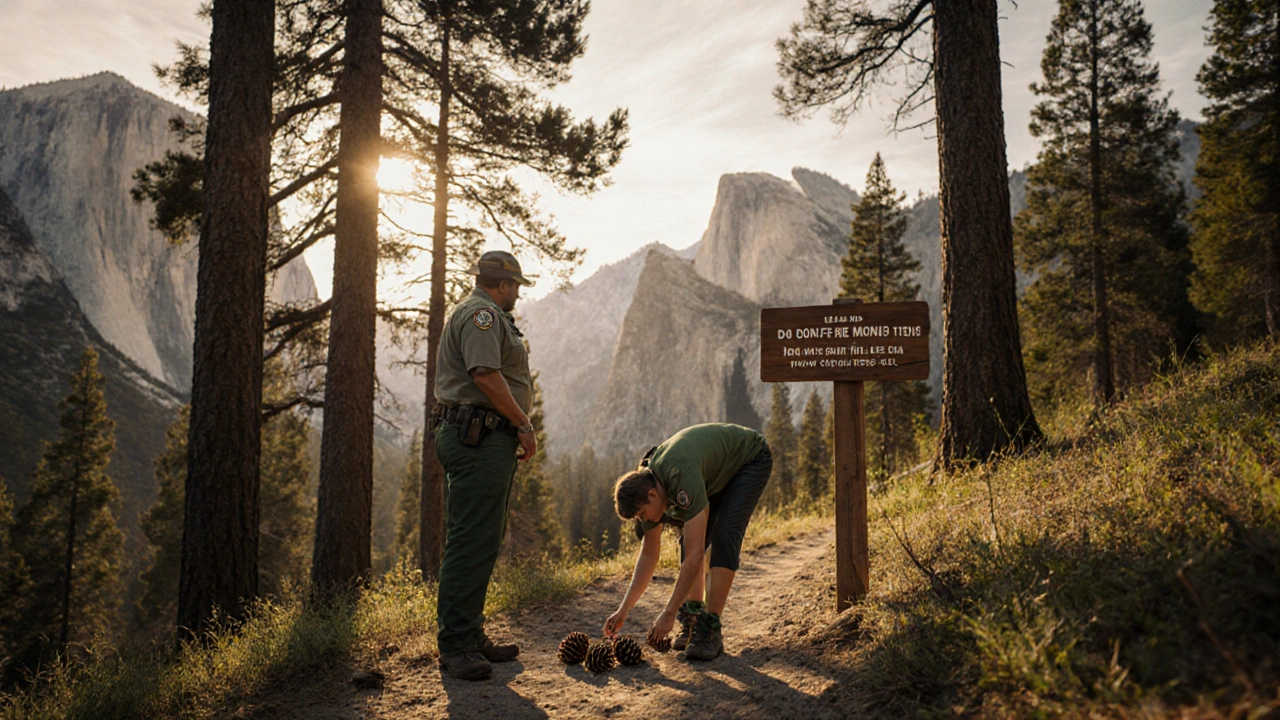Leave No Trace: Your Guide to Low‑Impact Outdoor Fun
When you hear Leave No Trace, a set of guidelines that help visitors enjoy nature without harming it. Also known as low‑impact outdoor ethics, it gives hikers, campers, and day‑trippers a clear roadmap for staying gentle on the land.
One of the biggest benefits is Leave No Trace itself: it keeps parks healthy for future visitors. Park conservation, the effort to preserve natural areas from overuse and degradation relies heavily on responsible visitor behavior. When people follow the seven principles, trails stay clear, wildlife isn’t disturbed, and ecosystems can recover faster after a busy season.
Another key piece is sustainable recreation, outdoor activities that meet today’s needs without compromising tomorrow’s experiences. This idea isn’t just for hardcore backpackers; it’s for anyone who wants a picnic by a lake or a family bike ride on a forest path. By packing out trash, staying on marked routes, and using reusable gear, you help the land stay vibrant for the next group.
Understanding outdoor ethics, the moral framework that guides how we interact with nature makes the rules feel less like chores and more like personal values. When you respect a trail, you’re also respecting the people who built it and the wildlife that calls it home. This mindset fuels better decision‑making, from choosing a low‑impact campsite to limiting campfire use during dry spells.
For those who want to go further, environmental stewardship, active care and advocacy for natural resources offers volunteer opportunities, citizen‑science projects, and community clean‑ups. Engaging with local groups lets you put the Leave No Trace principles into action on a larger scale, turning a personal habit into a shared community effort.
All of these ideas—park conservation, sustainable recreation, outdoor ethics, and environmental stewardship—tie together in a simple equation: Leave No Trace encompasses low‑impact practices, while low‑impact practices enable thriving parks. The articles below show how the principles work in real‑world settings, from budgeting a Yellowstone trip to choosing the best Yosemite entrance.
Ready to see the principles in action? Scroll down to explore practical tips, real‑world examples, and fresh perspectives that make low‑impact adventures easy and enjoyable.
